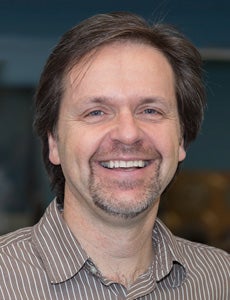Astronomy Lunch Series
 Martin
Houde
Martin
Houde

Professor
and
Canada
Research
Chair
Department
of
Physics
&
Astronomy,
Western
University
Fast Radio Bursts (FRBs) emanate from extragalactic sources and are characterized by short (from tens of μs to several ms) and powerful bursts of radiation detected at radio frequencies with bandwidths often spanning several hundreds of MHz. But despite increasing observational efforts aimed at their detection and the characterization of their host environments, the nature of FRBs remains elusive. In this presentation I will discuss the application of Dicke’s superradiance (SR) to the FRB problem while endeavouring to account for the significant amount of data obtained on FRB 121102, the only such source that has so far been precisely located and had its host identified. Although it has remained unnoticed by the astrophysics community until very recently, SR has been a very active field of research in the quantum optics community since its introduction by R. H. Dicke in 1954. In this presentation, I will start by giving a brief description of the physics underlying Dicke’s SR and show how this quantum mechanical entanglement phenomenon could help in elucidating the nature of FRBs. In particular, I will show how a young pulsar located at ∼100 pc or more from an SR/FRB system could initiate the onset of a powerful burst of radiation detectable over cosmological distances.